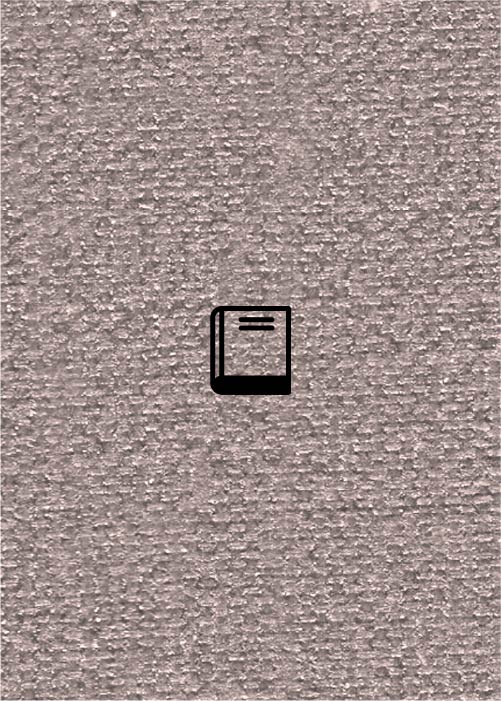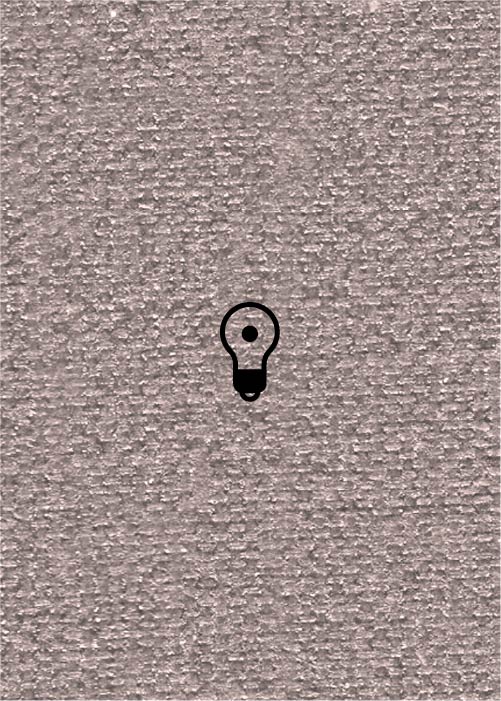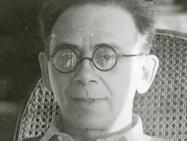(13 results found)
Mordekhai Seter
… his late works are Janus (piano, 1972), Mirvahim ( Intervals , 1973), the tumultuous Concertante (first piano …

The "Proclamation Style" in Hebrew
… of the group of ancient Ashkenazic melodies examined. These intervals create tetratonic, pentatonic and tritonic …

Jubal in the Middle Ages
… descendants of his brother Jabal; he discovers the laws of intervals from the hammer strokes of his brother, the smith …

The Persian doctrine of Dastga-composition; a phenomenological study in the musical modes
… … Criticism … History … Compositions … Scale … Scales … Intervals … Iran … Dastgah … Persian … Edith (Esther) Gerson …

Karaite Jews Musical Tradition
… that contains notes that are fixed and that have fixed intervals between them. These notes have regular functions …
Andalusian Nuba
… (where there are 13 Nubat), and in Libya. Scales and Intervals The Andalusian scales are based on a system of intervals that differs from that of the Eastern Arabic music. Seemingly, the intervals are parallel to those of western music (tones and …

Patsh Tants (LKT)
… While dancing in a circle, the participants stop at certain intervals to clap their hands in a given measure. Foot …
The Fall of Jerusalem in Song: The Ashkenazi Melody She’eh ne’esar
… in Eastern Europe the melody “took on the characteristic intervals of a synagogal mode ( Ahava Raba- Shtejger )… …
Beregovski Collection - Nign no. 3
… song and in the old instrumental repertoire. [1] The two intervals that set this melody in motion are the second and the perfect fourth. The predominance of these two intervals represents another link to Ashkenazi prayer [2] . …
A Nigun on a soff (chassidisch) – A Tune without Ending
… harmonic language. The foreign notes and tense intervals can be interpreted as the challenge of harsh …






